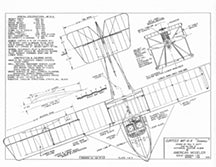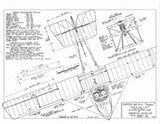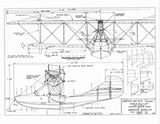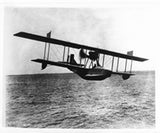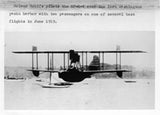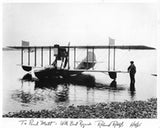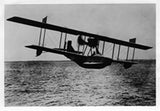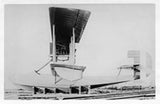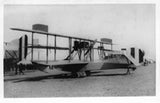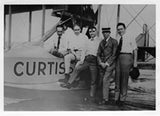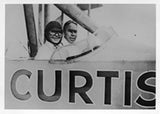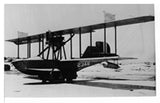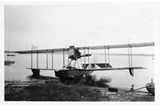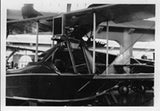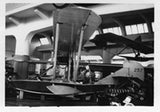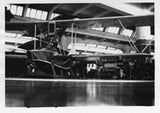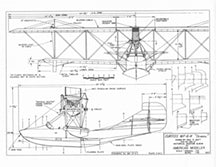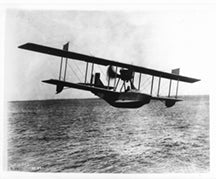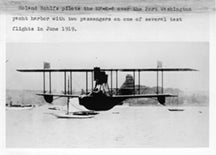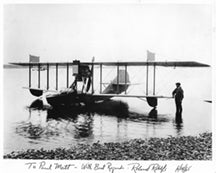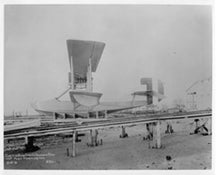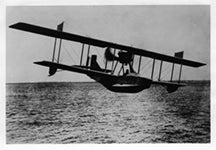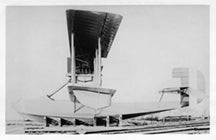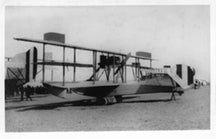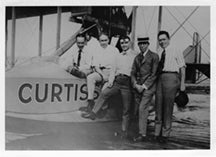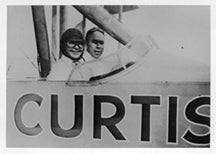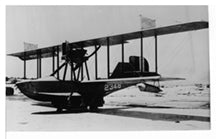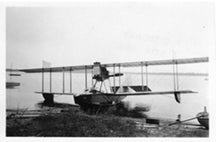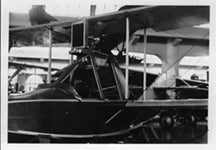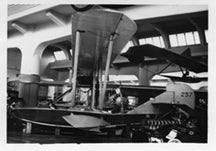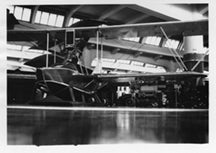Drawing - Paul Matt - Curtis MF-6K
$ 1.49
Brand Kiona Publishing, Inc.
The Curtiss Models F made up a family of early flying boats developed in the USA prior to World War I. Model Fs saw service in the United States Navy under the designations C-2 thru C-5, later reclassified to AB-2 through AB-5.
These were biplane flying boats powered by a single engine in pusher configuration. The pilot and a passenger sat side by side in an open cockpit.
The earliest examples were built and sold by Curtiss in 1912 without any designation. The Model F designation came into use the following year. Model Fs built from 1918 featured an unequal wingspans that incorporated the ailerons into the upper wing and sponsons on the sides of the hull to improve the aircraft’s water manuevering. These were known as the Model MF (Modernised-F), and years later as the Seagull in the postwar civil market.
The Russian Navy purchased two batches of Model Fs in 1913-14. They were operated as part of the Black Sea and Baltic Sea fleets until being replaced by the Model K. In Italy, Enea Bossi secured rights for local license-production of the Type F by the Zari brothers. They built eight examples in Bovisa, Milan. The first of these was demonstrated to the Italian Navy on Lake Como on September 22, 1914. The Model F was also adopted by Regia Marina on the battleship Dante Alighieri, cruisers Amalfi and San Marco, and the seaplane tender Elba.
Specifications:
- Crew: 2
- Length: 27 ft 9.75 in (8.4773 m)
- Wingspan: 45 ft 1.375 in. (13.75093 m)
- Height: 11 ft 2.8125 in. (3.424238 m)
- Wing area: 387 ft2 (36.0 m2)
- Airfoil: USA 1
- Empty weight: 1,860 lb (844 kg)
- Gross weight: 2,460 lb (1,116 kg)
- Powerplant: Curtiss OXX-3 V-8 water-cooled engine, 100 hp (75 kW)
- Propellers: 2-bladed fixed-pitch pusher propeller
- Maximum speed: 69 mph (111 km/h, 60 kn)
- Endurance: 5 hours 30 minutes
- Service ceiling: 4,500 ft (1,400 m)
- Time to altitude: 230 ft/min (700 m)
* All downloadable drawings and photos are high resolution — 300 dpi

